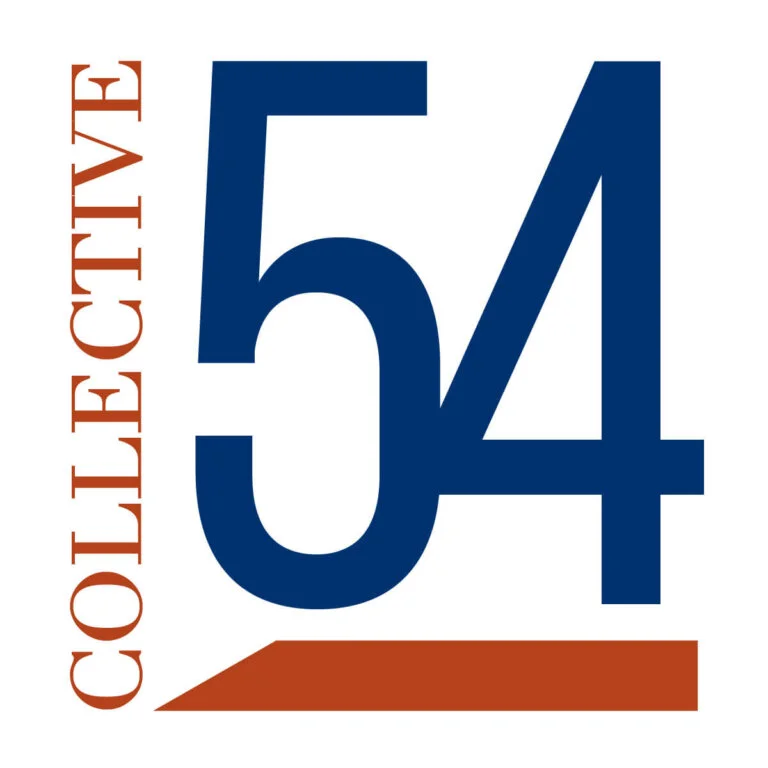|
Getting your Trinity Audio player ready... |
In the early days of your firm, you were the business. You had the courage to bet on yourself. You decided your talents could help solve real problems for clients. You sold the work. You designed the services and delivered the work. You fixed the messes. You built the culture. That was survival and it took your resilience and brute force to grow into a real firm.
Now that you’re running a firm with momentum, healthy revenue and a team of people who depend on you and the firm. Trouble is near and now you’re hitting a ceiling. Growth slows. Burnout creeps in. You find it impossible to keep all the balls in the air yet clients and employees still depend on you.
Suddenly you realize, you’re the bottleneck.
Welcome to the hardest pivot a founder ever makes, letting go so the firm can scale without you.
The Problem: You Can’t Scale a Firm That Relies on You Alone
Founders often say, “I want to scale,” but their actions scream, “I want to stay in control.”
They don’t trust their team to close big deals without them. They insert themselves into delivery to “keep quality high” and maintain relationships with clients. They personally approve key hires, rework decks, and hover in ops.
From the outside, it looks like leadership. From the inside, it’s dependency.
I call these firms a hub and spoke. The founder is in the middle of the firm rather than pyramid with the founder at the top.
The longer the founder stays in the center, the harder it is to remove the dependency. The lower the firm’s enterprise value and the harder it becomes to scale and sell the firm.
Scaling a firm is simply too much work for one person. Period.
The Emotional Reality: Letting Go is Hard
This isn’t just operational. It’s deeply personal.
Your identity is tied to this firm.
It’s your name. Your reputation. Your sweat equity. You remember every win, every struggle, and all the tough lessons. All the highest of highs and the lowest of lows. Letting go feels like handing your child to a babysitter and hoping they don’t screw up. The same holds true when the baby is your firm.
You fear erosion.
You know no one will care, sell or deliver the way you do. So you jump in to “protect the brand” and unintentionally teach your team to depend on you. You increased the bottleneck rather than decreased it.
You get dopamine from being the hero.
Letting go feels like giving up your superhero cape. Every time you save the day, you reinforce a firm that can’t function without you. It feels good to be needed but this cripples the development of your team and the future of the firm.
Sound familiar?
The Solution: Operationalize Yourself Out of the Business
Here’s what founders in Collective 54 are doing to escape this trap: You have to replace yourself. Again and again. You have to let go to grow.
1.Fire Yourself One Role at a Time
Stop trying to leap from Chief Everything Officer to board chair in one move. Instead, fire yourself in sequence, one key contribution at a time.
- Quarter 1: Fire yourself as Head of Delivery (install a Service Delivery Leader).
- Quarter 2: Fire yourself as Chief Rainmaker (build a commercial engine with a Head of Sales).
- Quarter 3: Fire yourself as COO (document ops processes, hand it off).
- Quarter 4: Fire yourself as CEO (install a President or Managing Partner).
This phased transition avoids the huge leap of faith. It gives your leaders room to grow. It allows you to track progress and allows you to manage the emotions of letting go one step at a time.
2. Build a Leadership Team (Not Loyal Lieutenants)
Too many founders promote people who “have been with me forever” instead of people who can learn and grow to run a P&L, run sales, or master delivery. Loyalty isn’t leadership. If you don’t identify the right people for each role, you’ll need to parachute in and save the day. Great for your ego, bad for the firm.
I’ve seen too many founders learn this lesson the hard way.
You need a team that thinks in terms of levers, not tasks. Leaders who can scale employees, lead leaders, improve margin, learn new skills, and own outcomes to increase the equity value of the firm. Without that, you’ll never trust the handoff.
If your calendar is full of meetings your team should run, your leadership team isn’t a leadership team yet. Or you haven’t let go. Remember, they need the conditions, clarity, and coaching from you to become a leadership team. Don’t confuse coaching with being a hero. Fight the urge to dive in and take over when there is a bump in the road.
3. Install an Operating System That Enables Autonomy
Letting go doesn’t mean abandonment. It means putting in place the systems that make delegation safe:
- Scorecards and KPIs: So performance is visible.
- SOPs and playbooks: So quality is consistent.
- Client segmentation and SLAs: So the service isn’t bespoke.
- AI Agents and Models: So your team has access to your wealth of knowledge.
- Management System: So ideas are screened, prioritized, and executed.
The more repeatable your model, the more confident you’ll be stepping back. The less urge you’ll have to be the hero.
4. Track Founder Involvement Like a KPI
We all know the Peter Druker quote, “What gets measured gets managed.” Track where you spend your time. How much time do you spend on today’s business versus the future of the firm? How many client meetings involve you? How many client relationships are owned by you? How many proposals have your fingerprints? How many projects or deliverables escalate to you?
This is your scorecard. Now reduce that number every month. Drive it to down to near zero if you ever plan to sell or want to take a sabbatical without worrying what you’ll come back to.
Letting Go Isn’t Weakness, It’s Founder Maturity
The best founders in Collective 54 didn’t build great firms by doing more. They scaled by setting up the firm and team for success. They’ve reinvented their role as founder. I’ve seen it countless times in the 50 firms who have sold since we started Collective 54. The ones that sell for the biggest multiples have scaled the firm beyond the founder.
They removed themselves from sales and delivery. They productized their services. They installed operators. They institutionalized their knowledge. They build leaders. They let their firm become something bigger than themselves.
Failure to address this dependency will cost you millions when you try to sell the firm.
Don’t worry, you’ll still have plenty to do as you work on the firm vision for the next 5 years. Or manage the sale of the firm to a strategic buyer or private equity firm.
Let go to grow.
Are you ready to Scale and Sell your firm?
Join Collective 54’s mastermind community for Founders of Boutique Professional Services Firms. Learn More

